Tear Down and Board Analysis
KFA2 uses the original reference board of the GeForce RTX 2080 Ti FE for the card. With this card, Nvidia has reached deep into the trick box in the board layout and especially in the power supply. We count three phases for memory and also see the appropriate PWM controller on the front. I will discuss the exact components of the entire board in more detail. If you now count the remaining voltage transformer circles, you get to 13 pieces. However, since there is no PWM controller that could realize this (why?), it must have been solved differently.
On the back is the same PWM controller again, but this time for the eight GPU phases. You read correctly, it's eight phases! 5 phases are operated in parallel with two voltage converter circuits per phase and three phases with only one each. This results in exactly what PR likes to sell us as 13 phases, even if it is not at all true. The three additional memory phases are generated by another uP9512P in 3-phase mode.
Let's start with the most interesting part! The fairly new uP9512P is used as an 8-phase PWM controller specifically designed to provide high-precision output voltage systems for the latest generation of GPUs. The uP9512P has programmable output voltage and active voltage positioning functions to adjust the output voltage depending on the load current, so that it is optimally positioned for a good load current transition.
The uP9512 supports NVIDIA Open Voltage Regulator Type 4i+ with PWMVID function. The PWMVID input is buffered and filtered to create a very accurate reference voltage. The output voltage is then precisely controlled on the reference input. The integrated SMBus interface offers enough flexibility to optimize performance and efficiency and also to connect the appropriate software. The controller also supports new Smart Power Stage chips (PLCs). Appropriate PLC then provide very accurate information about e.g. currents (IMON) and temperatures (TMON).
One feature of the uP9512P is the direct parallel connection of several voltage converter circuits without the usual doublers, since due to the necessary direct communication with the PLC no doubler chips can be used. If you would like to find out more details about this type of power supply and the improvements at Turing, please refer to our Investigative Article "Nvidia GeForce RTX 2080 Ti – Internal Details on Power Supply, Deviating Components and Where the Spikes which is always worth reading. There you will also learn more about the new Smart Power Stages, which replace the traditional, individual VRMs. The following table contains the most important components:
Cooler and backplate in detail
The actual radiator structure is kept very simple and in the end weighs only a whole 804 grams. One reason for the very narrow structure is of course the huge vapor-chamber, which covers the entire radiator floor. A mounting and stabilization frame then holds the entire cooler together and also as a cooling option for the voltage converters and the storage. This frame sits directly on the copper plate, which also carries the vapor-chamber.
The cooling fins are narrow, but from the surface already a little borderline. With only two 8.5 cm fans, you can provide airy feed, but you are already reaching physical limits there. This cooler may still be enough for a GeForce RTX 2080 without Ti, but it's certainly going to be tight here. Let's see.
The 74 gram brushed aluminium backplate does not cool anything, but in return has been provided with extra air holes. Pure optics, but no contribution to thermal well-being.
| Cooling system at a glance | |
|---|---|
| Type of cooler: | Air |
| Heatsink: | Vapor Chamber |
| Cooling fins: | Aluminum, horizontal alignment related |
| Heatpipes | None, as Vapor-Chamber |
| VRM cooling: | 13 GPU VRM via mounting frame 3 Memory VRM only via mounting frame |
| RAM cooling | via mounting frame |
| Fan: | 2x 8.5 cm fan, 14 rotor blades constantly running, no fan stop |
| Backplate | Aluminum No cooling function |

















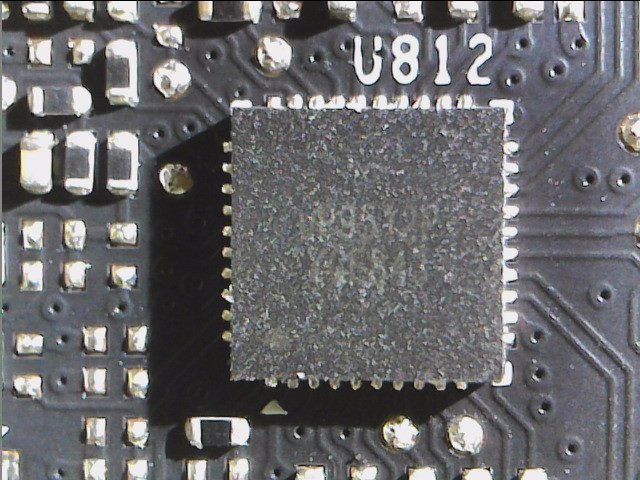
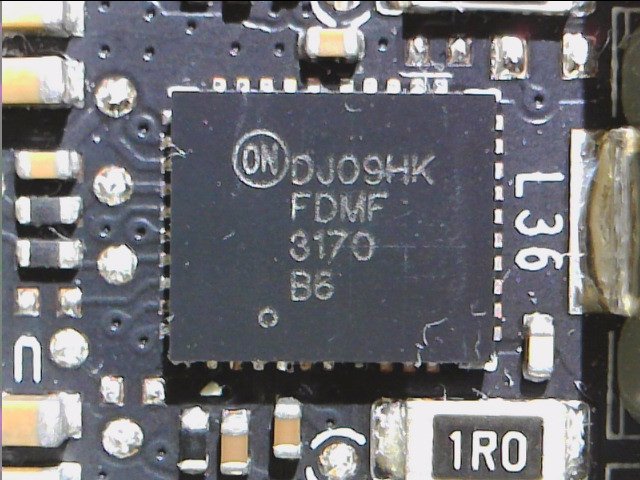
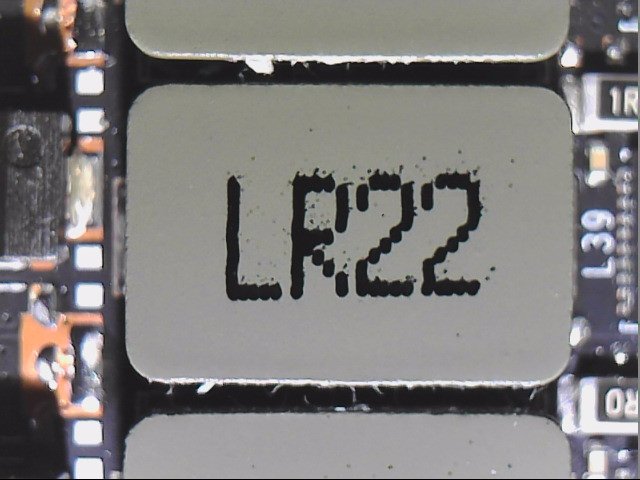
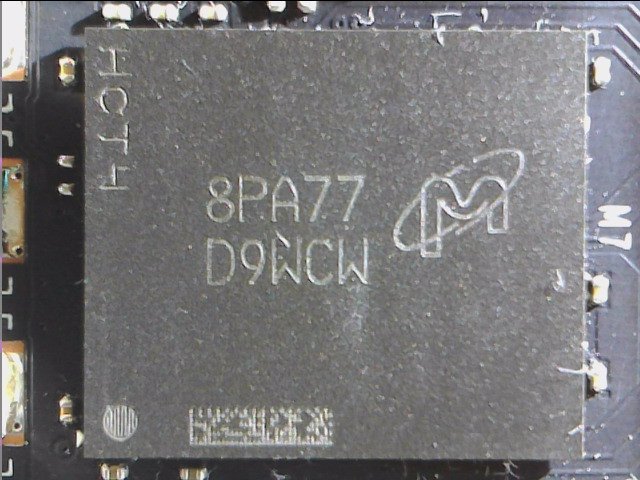
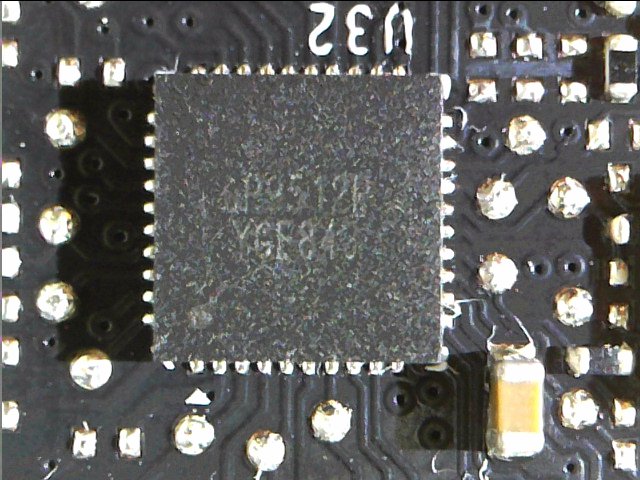
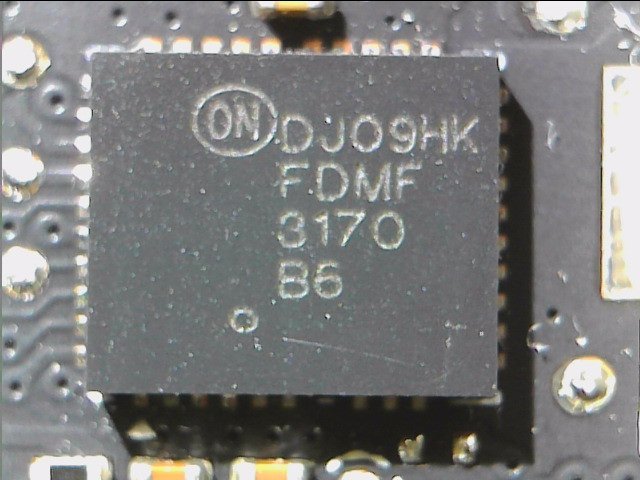
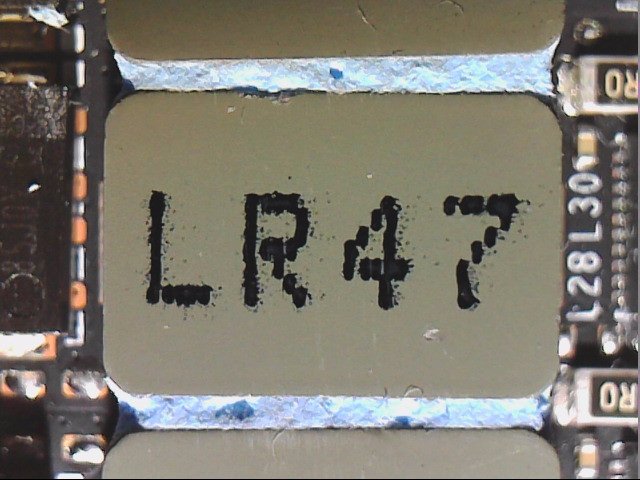
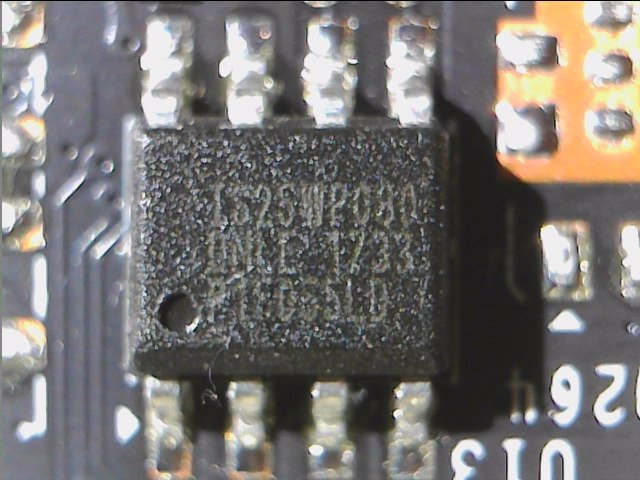
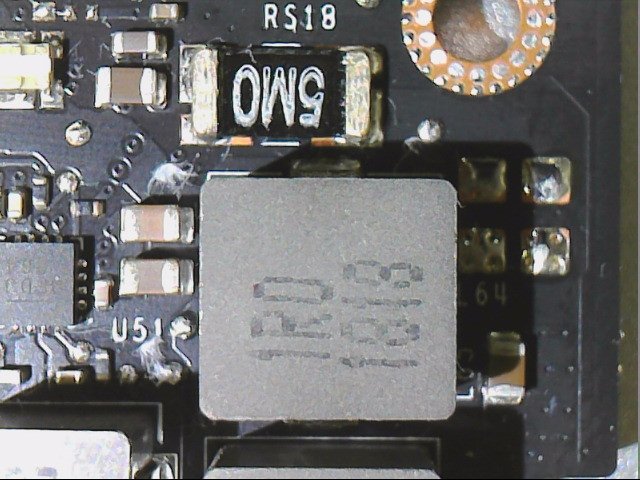



















Kommentieren